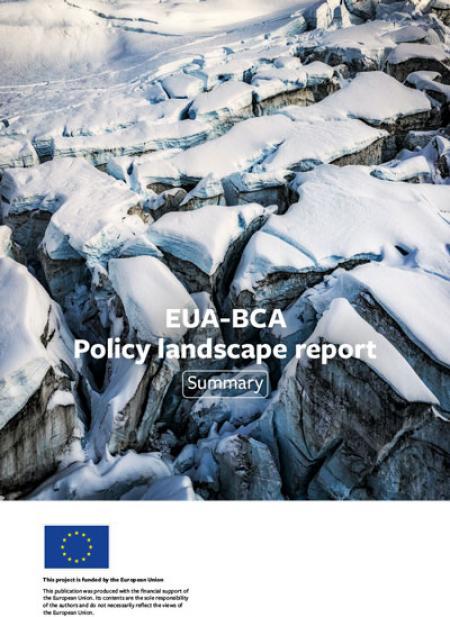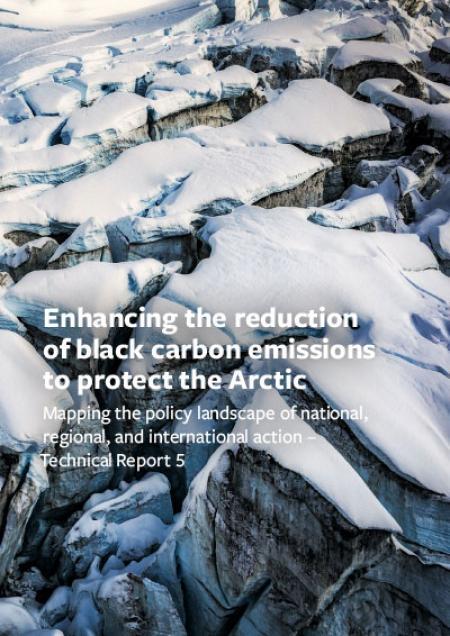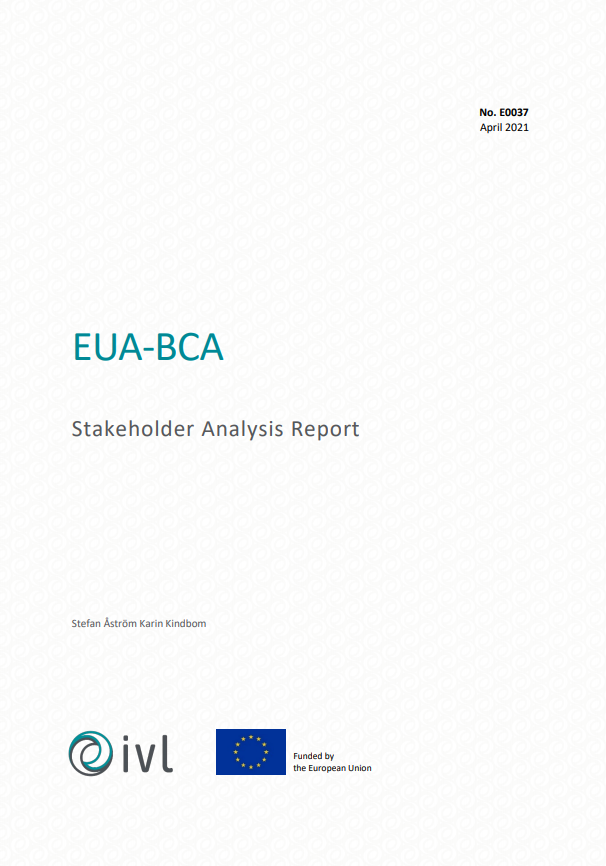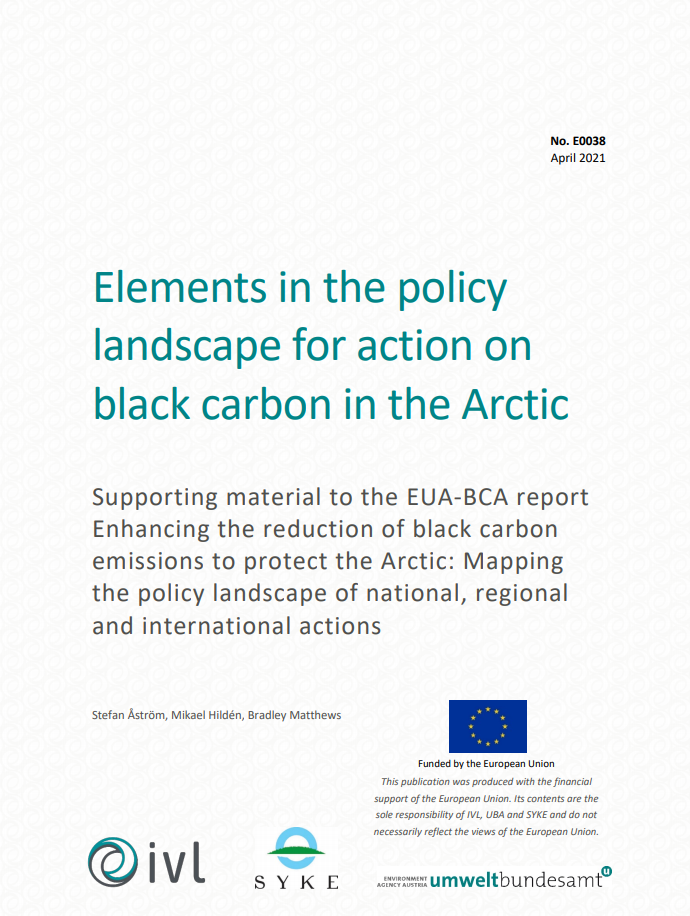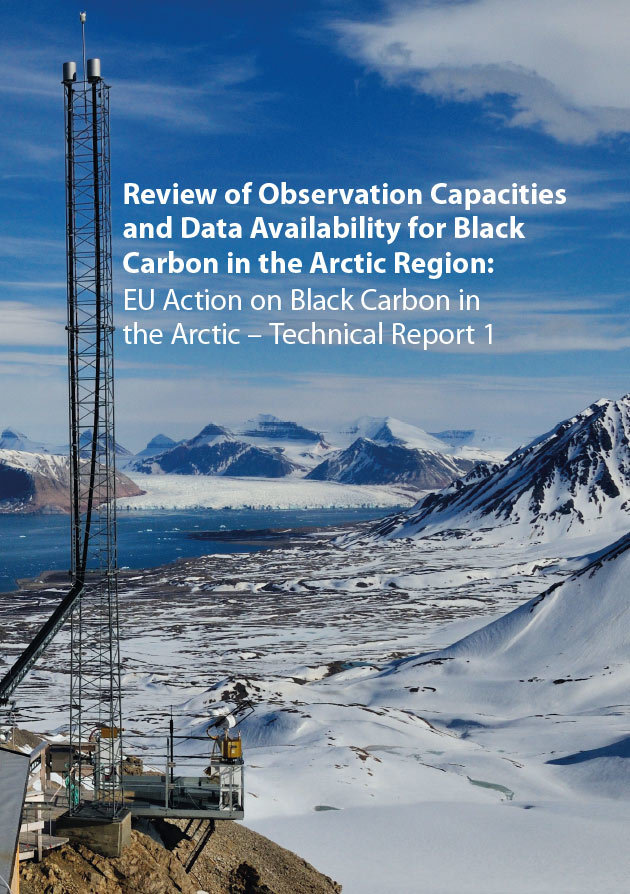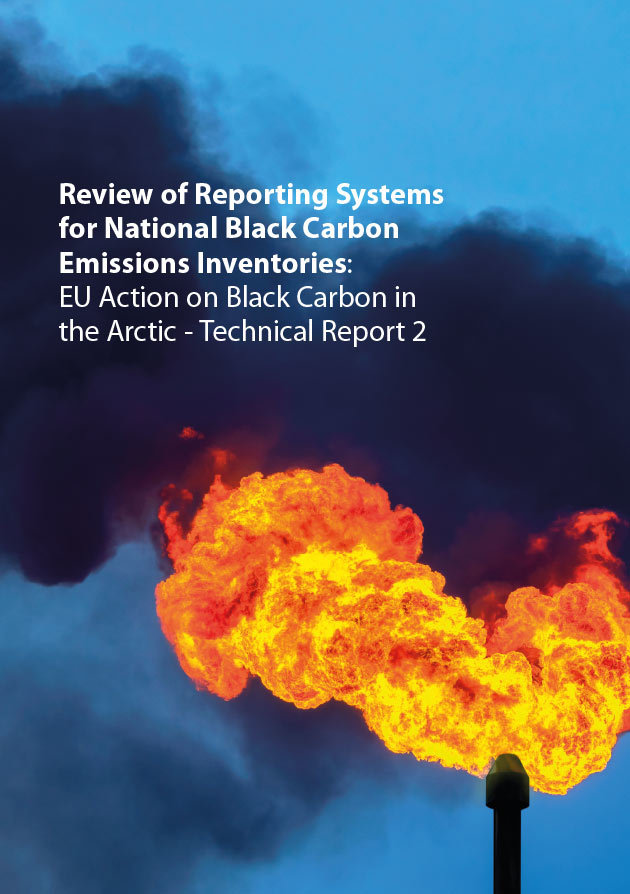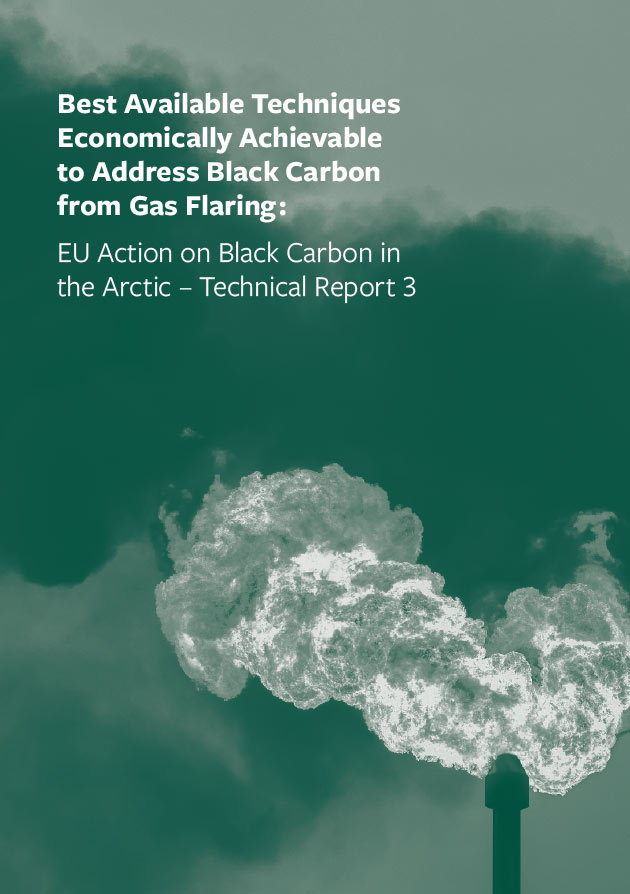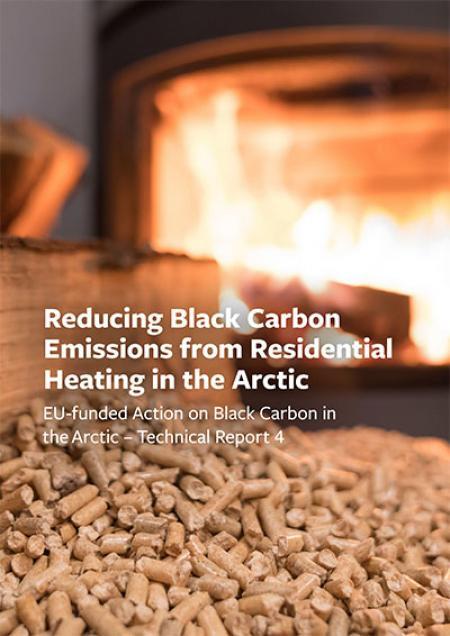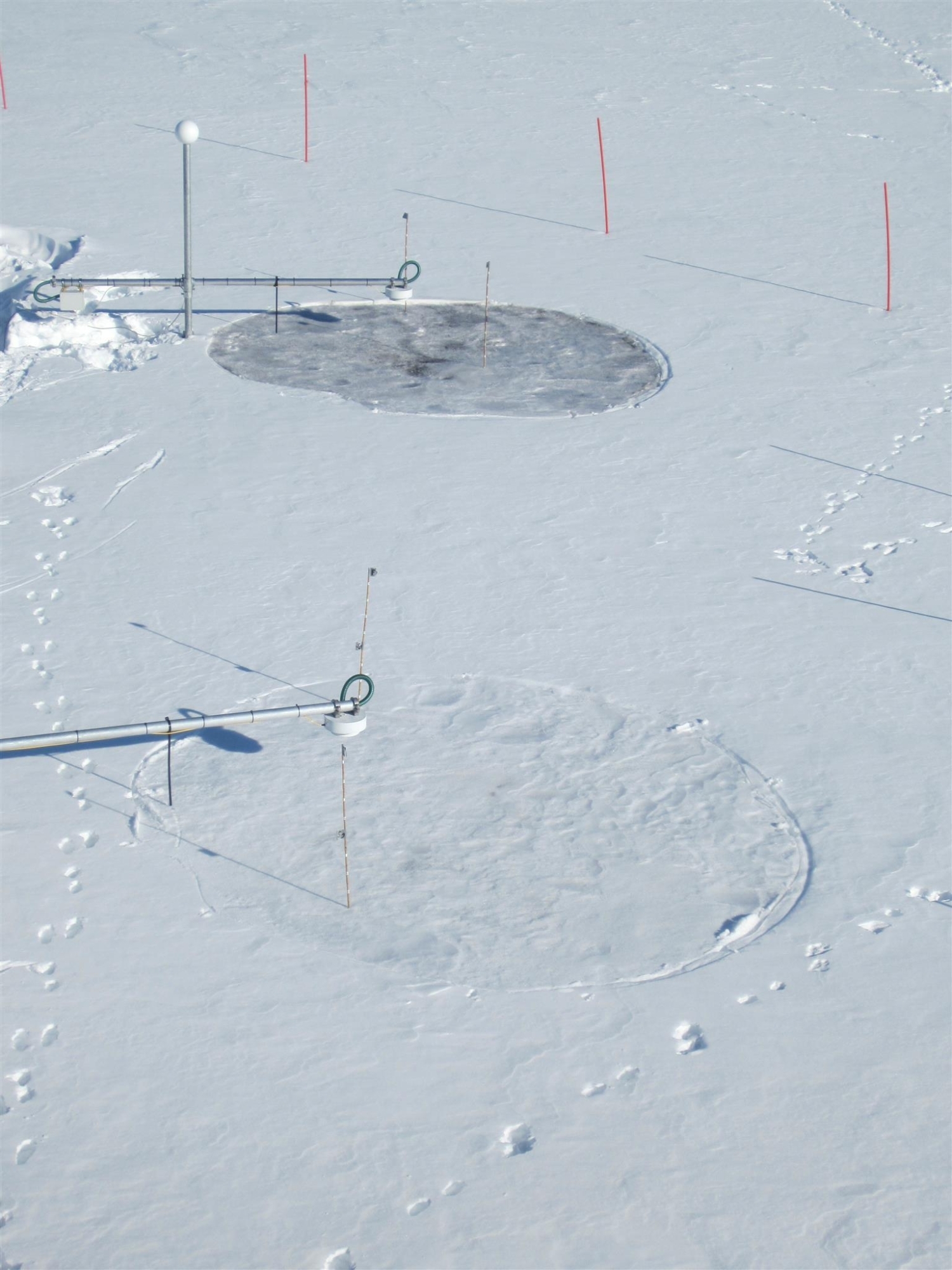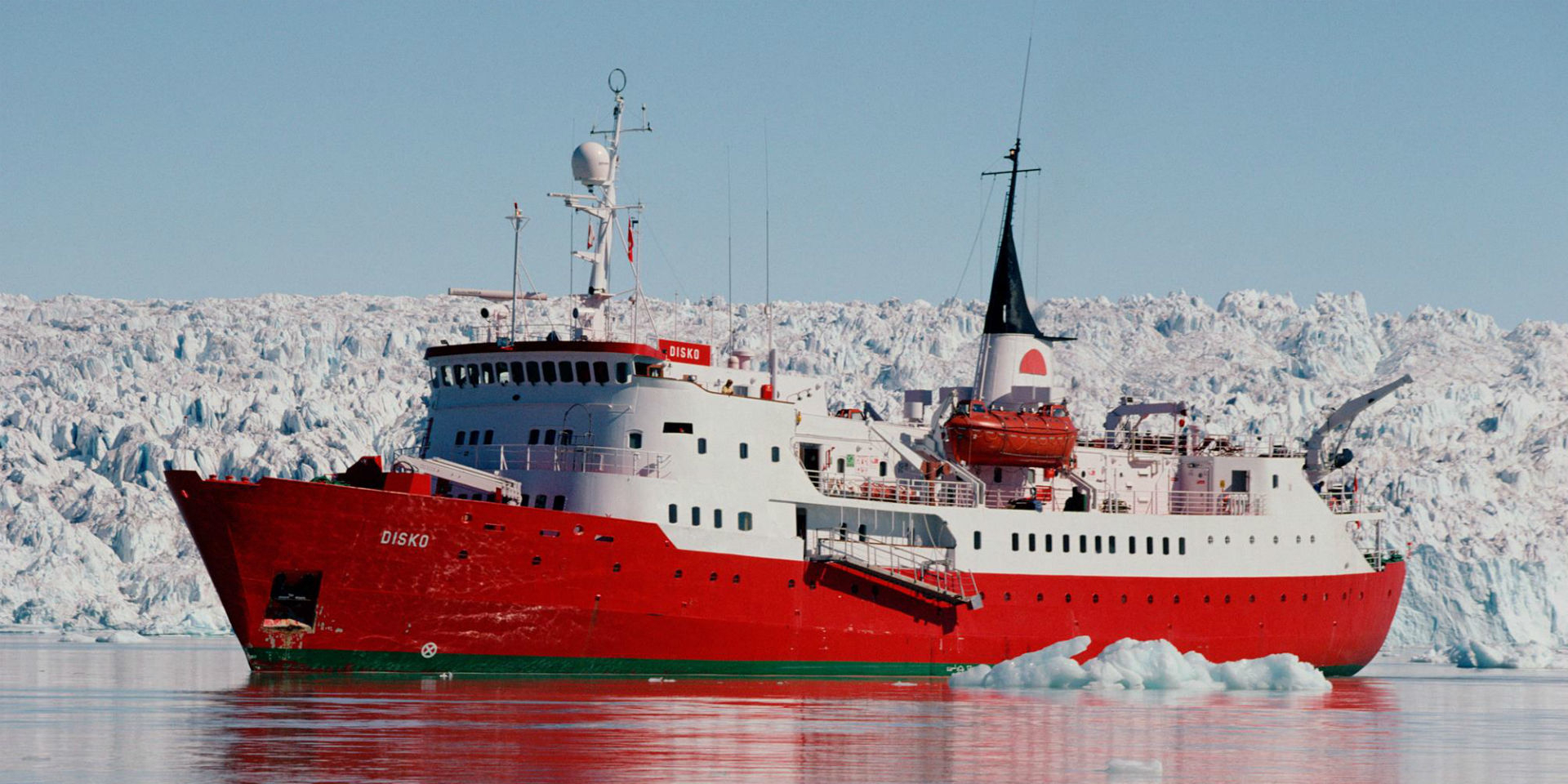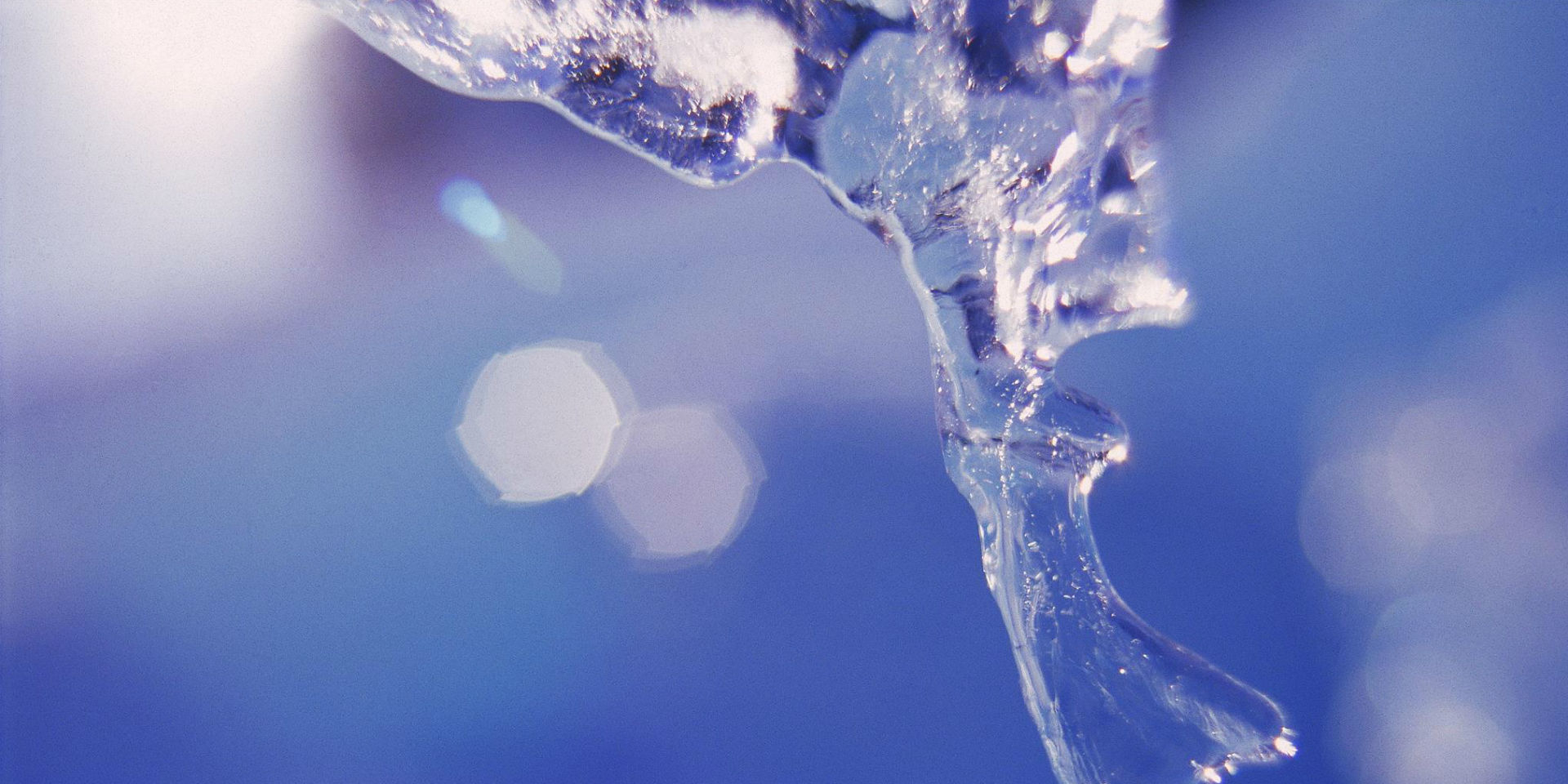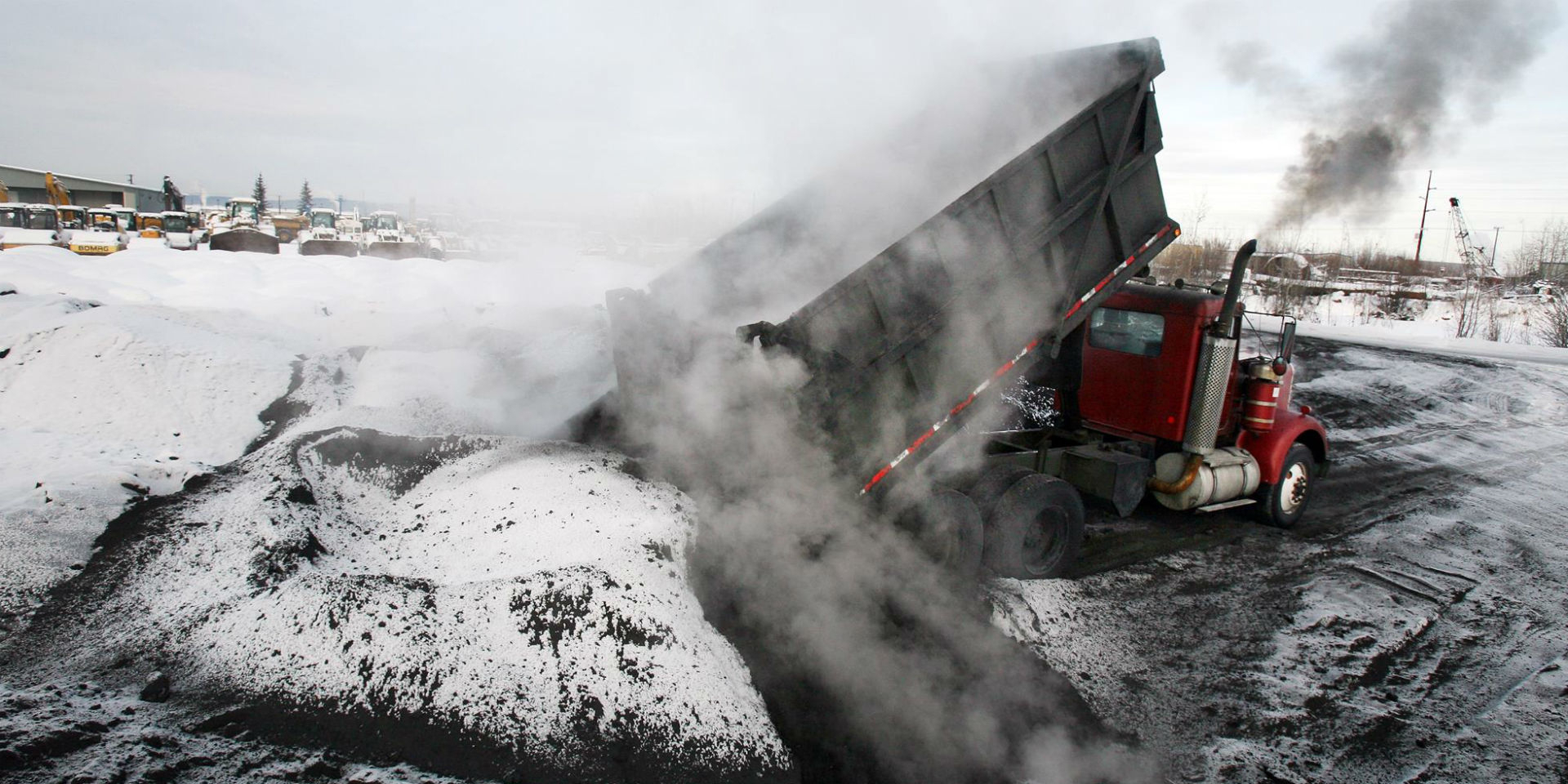The Latest
News
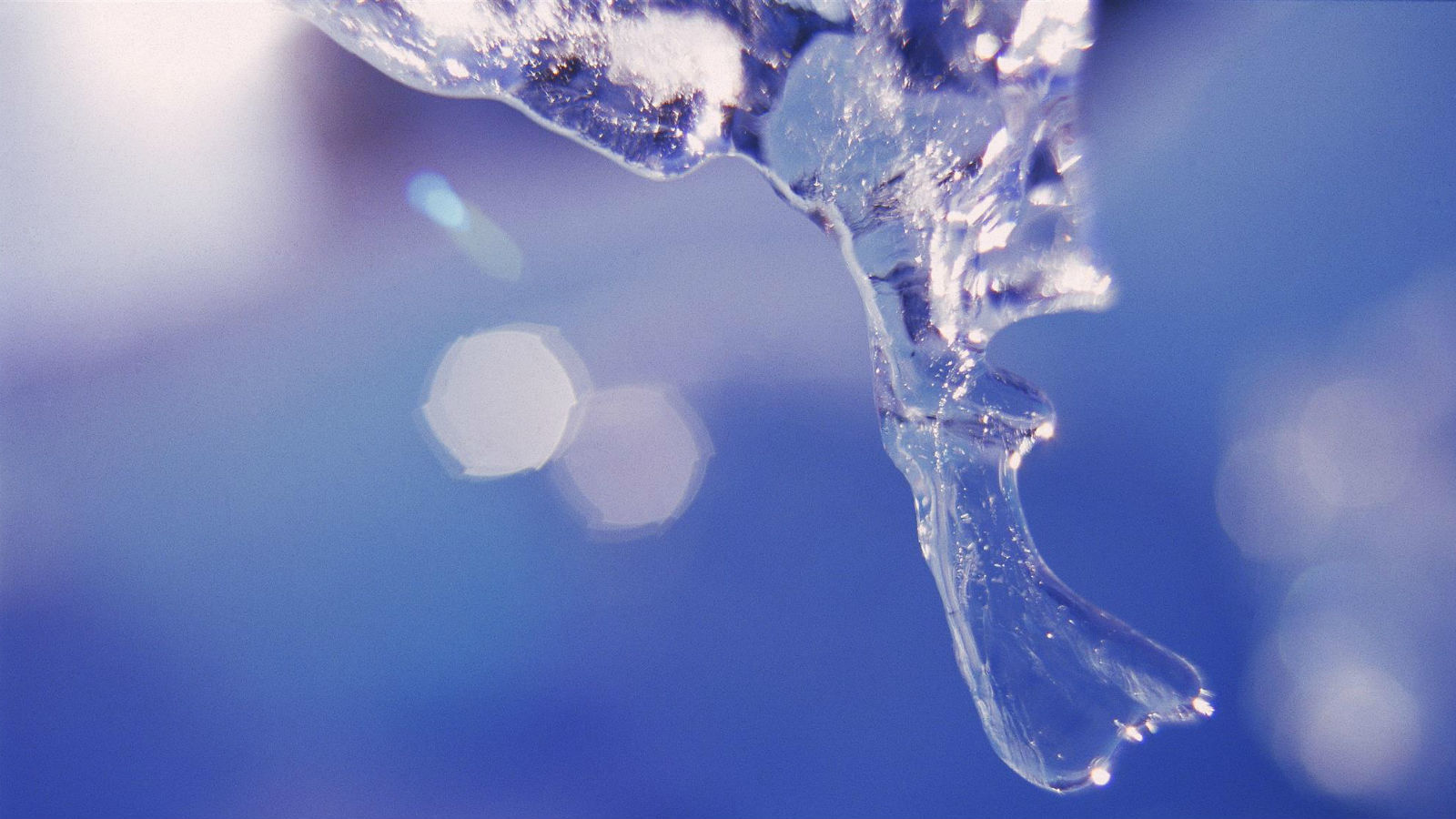
An EU Initiative to Support International Policy to Reduce Black Carbon
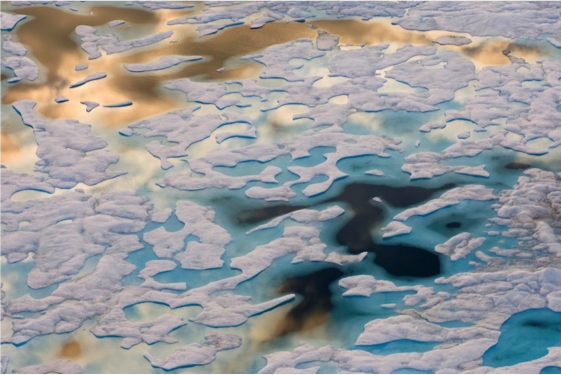
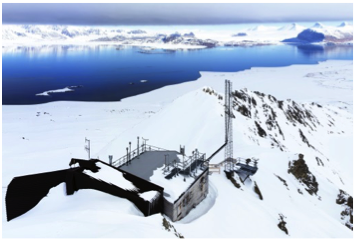
News
Press release: Actions on black carbon – a short term complement to mitigate Arctic warming
30.06.21
Link to Press release: Actions on black carbon – a short term complement to mitigate Arctic warmingDigital map of elements in the policy landscape for action on black carbon in the Arctic
30.06.21
Link to Digital map of elements in the policy landscape for action on black carbon in the ArcticVideo highlights from EUA-BCA's virtual forum
03.06.21
Link to Video highlights from EUA-BCA's virtual forumThe EU-funded Action on Black Carbon
The EU-funded Action on Black Carbon in the Arctic is an initiative sponsored by the European Union to contribute to the development of collective responses to reduce black carbon emissions in the Arctic and to reinforce international cooperation to protect the Arctic environment. It provides and communicates knowledge about sources and emissions of black carbon and supports relevant international policy processes.
- Supporting processes aimed at setting clear commitments and/or targets for reducing black carbon emissions from major BC sources (gas flaring, domestic heating, maritime shipping).
- Enhancing international cooperation on black carbon policy in the Arctic region – with a special focus on supporting the work of the Arctic Council and Convention on Long-range Transboundary Air Pollution and other national, regional and international initiatives, and building strong collaboration with EU strategic partners
AMAP Secretariat is responsible for managing project implementation, and working with the six implementing partners in the Action:
- Carbon Limits, Norway
- Environment Agency of Austria (EAA)
- Finnish Environment Institute (SYKE)
- International Institute for Applied Systems Analysis (IIASA)
- Norwegian Institute for Air Research (NILU)
- Swedish Environmental Research Institute (IVL)
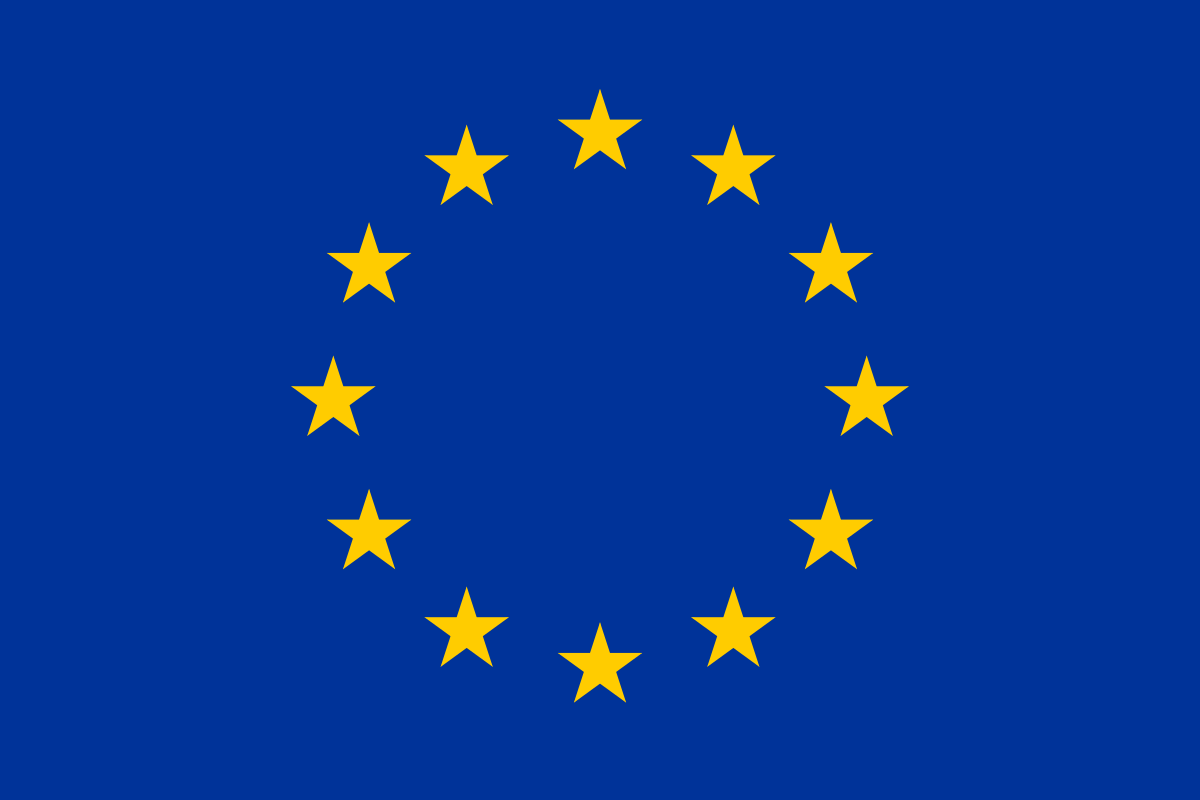
An EU Partnership Action
The EU-funded Action on Black Carbon in the Arctic is implemented through the EU Partnership Instrument providing 1.5 million EUR of funding during 2018-2020.

Domestic Heating
Wood stoves and the burning of coal to heat homes emit black carbon to the atmosphere and can be a health hazard.
Learn More Learn more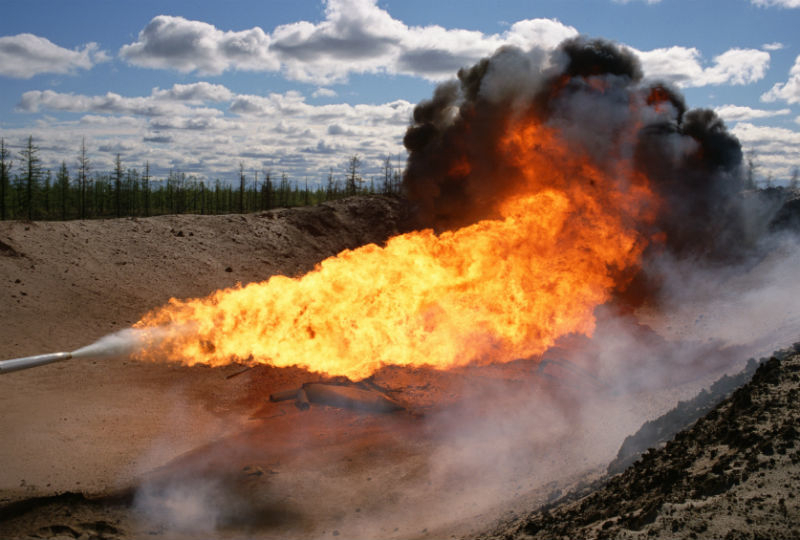
Gas Flaring
Flaring is used extensively in the oil and gas industry to burn unwanted flammable gases and a major source of black carbon emissions affecting Arctic regions.
Learn more Learn more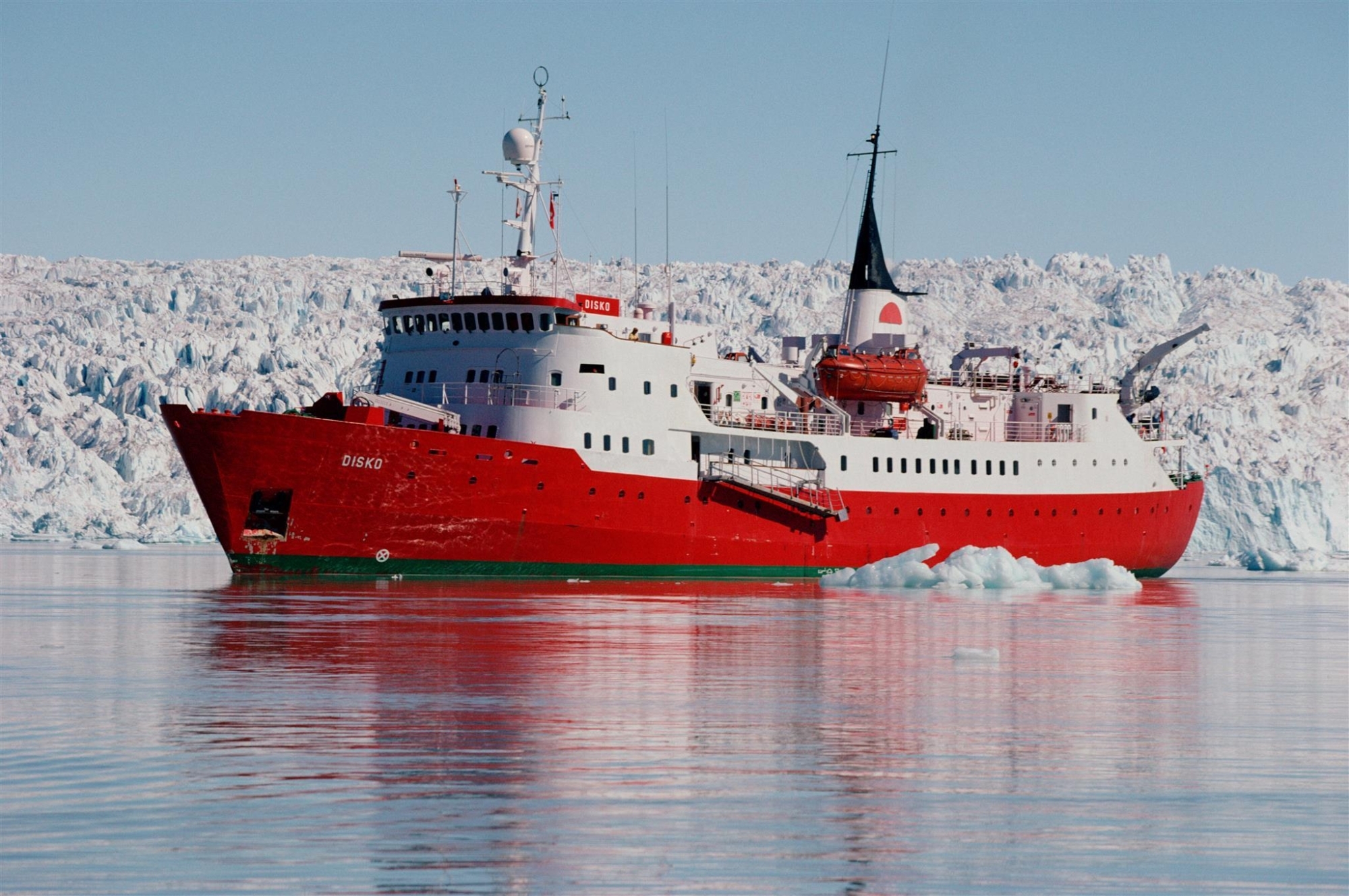
Maritime Shipping
Expected increases in shipping in the Arctic could lead to much higher emissions of black carbon in the Arctic than today.
Learn More Learn more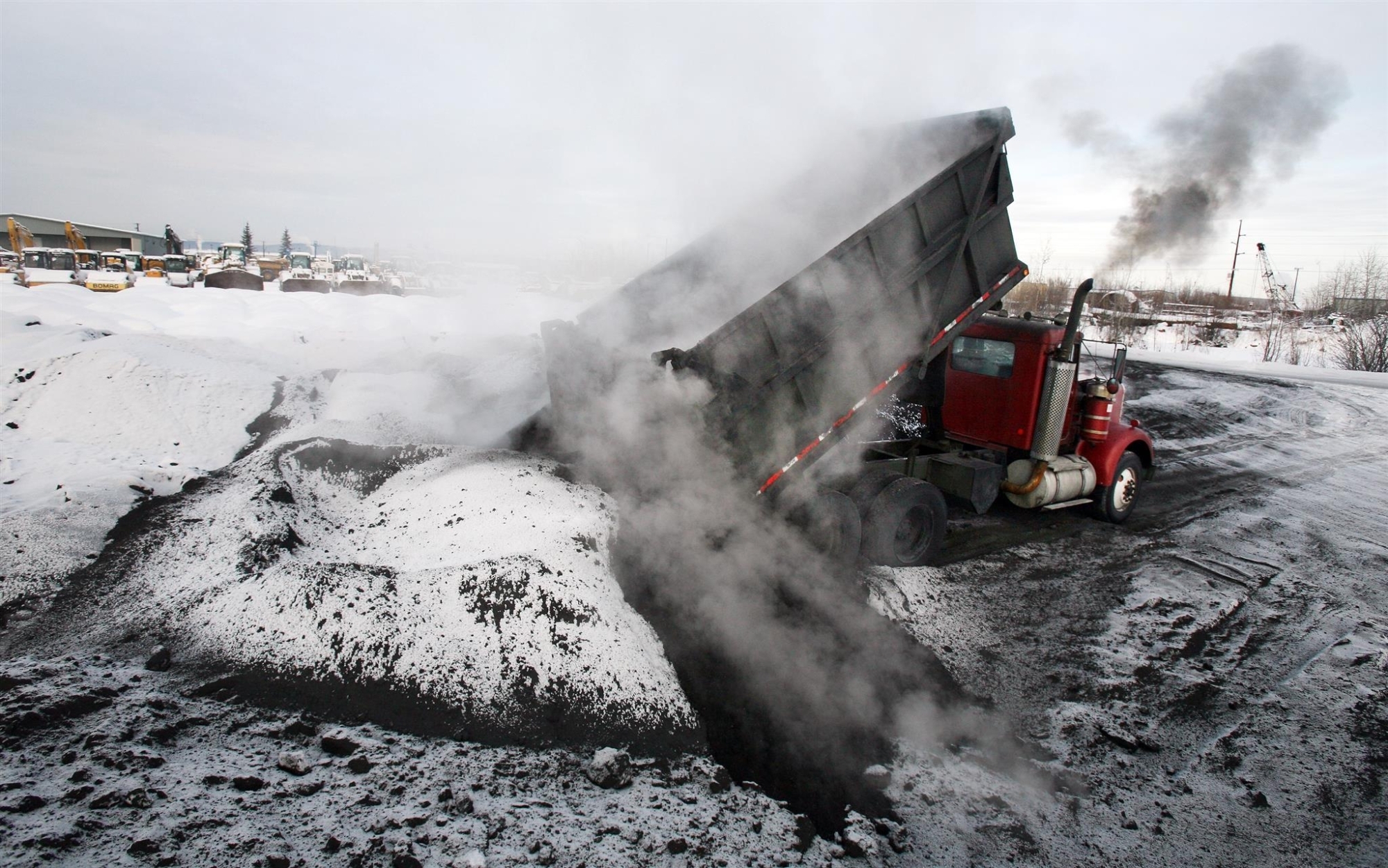
Diesel engines
Diesel engines used in heavy road vehicles, ships and machinery constitute a significant source of black carbon in the Arctic.
Learn More Learn more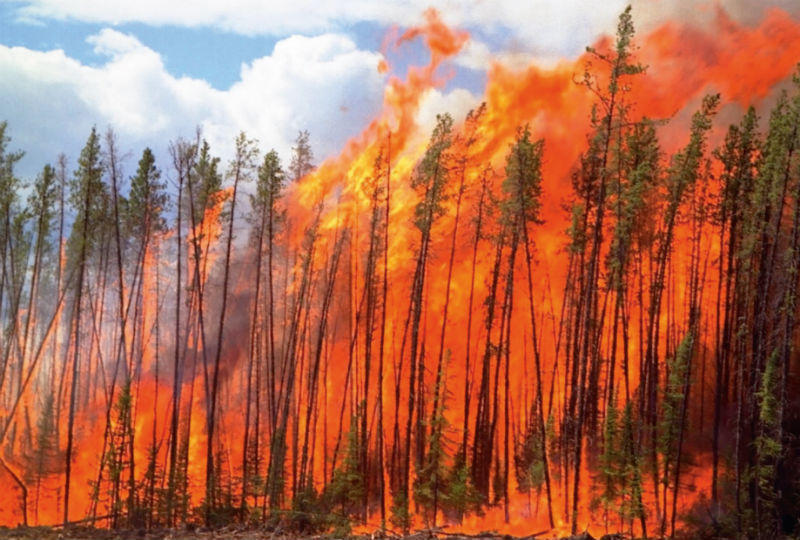
Open Burning
Wildfires and agricultural fires may be underestimated sources of black carbon emissions that pollutes the Arctic
Learn More Learn more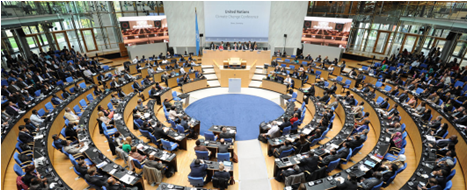
Policy Action
The road towards reduced emission of black carbon include applying the best available technologies and practices
Learn More Learn more
